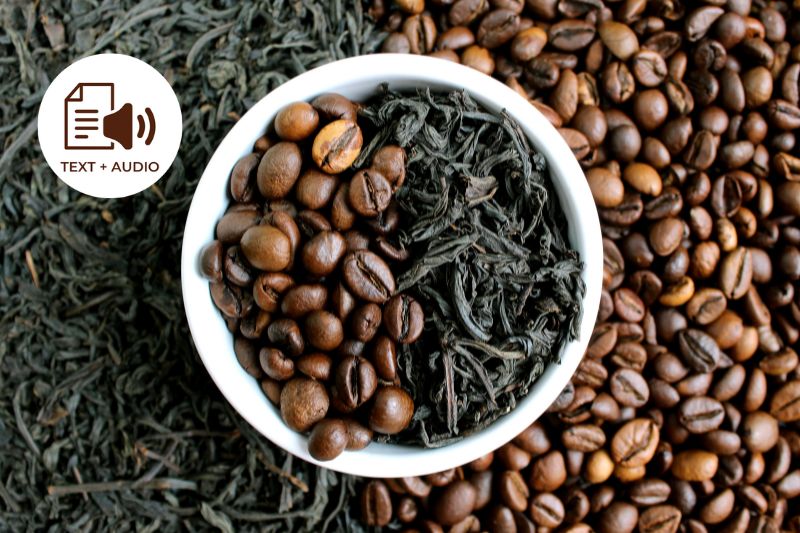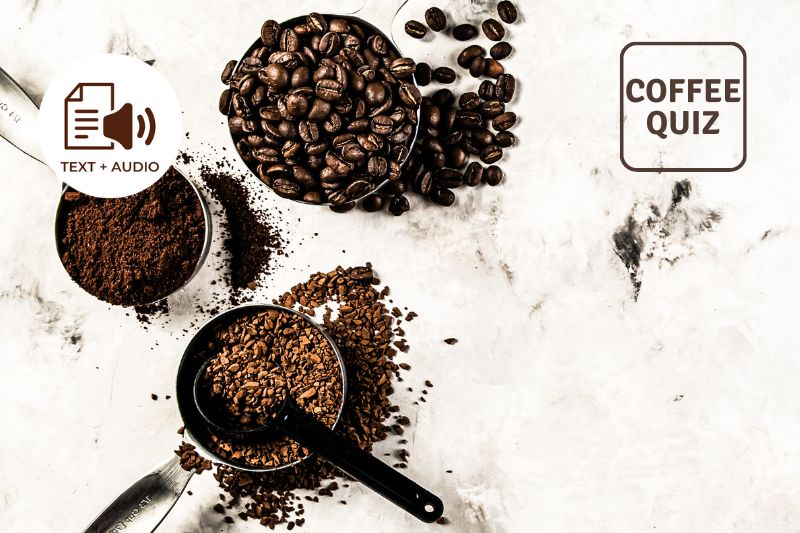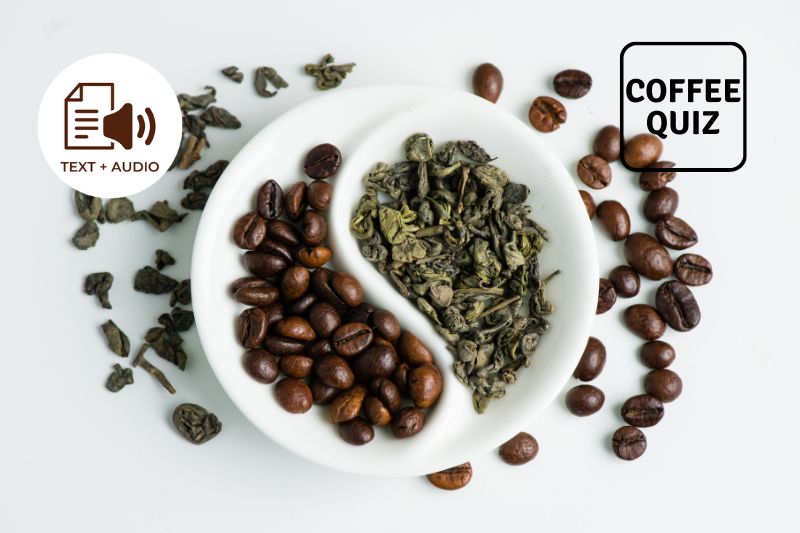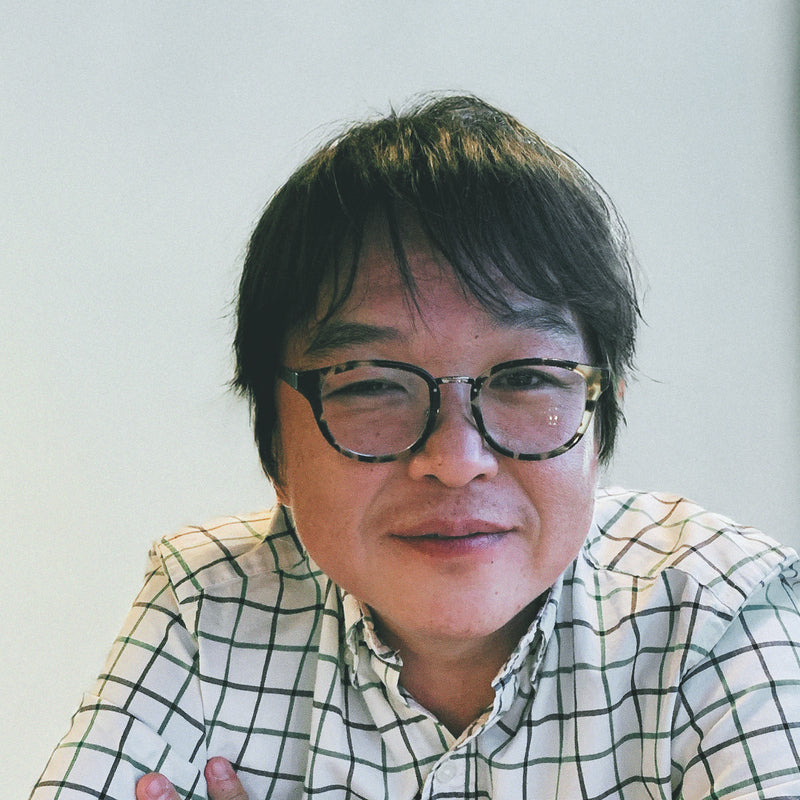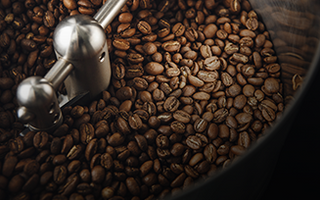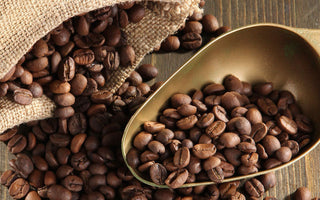Americans drink more coffee than tea, which has been the case for quite some time.
Whether you're a coffee or tea lover, it's interesting to learn about the history of each beverage. Hopefully, this post will bring you answers to your curiosity!

Coffee Introduction in the United States
In 1607, Captain John Smith, founder of the colony of Virginia in Jamestown, first mentioned and introduced coffee to other colonists due to his travels in Turkey. Meanwhile, knowledge about coffee became widespread when it was introduced to North America by Dutch settlers in New Amsterdam (now New York City) in the mid-1600s. It is believed that the coffee they brought came from Holland.
History of Tea in the United States
Tea was introduced to America in 1647 in New Amsterdam by the Dutch East India Company Director, turning into Dutch governor Peter Stuyvesant. The tea he would sell came from Europe, and in the early days of the colonies, tea was more prevalent in America than coffee, likely because tea was more expensive than coffee and, therefore, more exclusive. Tea was served in sophisticated porcelain cups and pots.
Popularity of Tea in America
In 1664, when New Amsterdam was surrendered to the British, new teas were introduced, and in the early 18th century, tea became popular.
Tea has been popular in America for decades, but coffee has recently become the most popular drink. Coffee is cheaper to make and more portable, making it easier to drink on the go. Tea has a reputation for being more healthful than coffee, but Americans are increasingly drinking both beverages.
However, over time, coffee became more popular and eventually overtook tea as America’s favorite drink.
Why did Americans shift from tea to coffee?
The main reason for this shift is likely due to coffee's ability to provide energy and wakefulness throughout the day. On the other hand, tea tends to be less stimulating and can be enjoyed in moderation. In America, coffeehouses became popular starting in the early 1800s. Coffee was seen as a luxury item, and people drank it mainly for its caffeine content.

However, over time, coffee became more accepted, and people started to drink it for its flavor as well. Its initial popularity in North America may have also been due to the fact that coffee was seen as a healthy drink; it was thought to help improve mental alertness and reduce fatigue. Tea, on the other hand, was considered a more medicinal drink.
The Boston Tea Party is also one of the reasons. It was a protest by British colonists against the Tea Act of 1773 regarding high taxes and the British government's treatment of American colonists. Before the Boston Tea Party, colonists boycotted imported goods, including tea, in response to the Townshend Revenue Act, named after Charles Townshend, British chancellor of the Exchequer, which taxed British goods imported to the colonies, including tea products. In response to this boycott, they turned to coffee as a protest.
The Boston Tea Party involved dumping nearly 400 chests of tea into Boston Harbor. The tax dispute between the colonies and Great Britain led to the American Revolution, which began in 1775.
The revolution resulted in the independence of the United States and the establishment of a republic. However, Americans continued to drink tea after independence. Tea was seen as a more civilized drink than coffee, and its popularity grew in the 19th century as Americans began to adopt more European customs. Although, later on, coffee gained popularity worldwide due to its ease of preparation and popularity among Americans,
How do Tea Businesses in America advertise their tea?
As coffee became more popular, tea companies began to fight back by advertising their products as healthier alternatives. In the early 1900s, tea companies started to focus on targeting women with their marketing campaigns; they claimed that tea was better for pregnant women and mothers because it helped improve digestion and gave them energy. However, coffee continued to dominate the American beverage market and has remained the country's favorite drink ever since.
Tea now in America
Today, Americans drink more coffee than tea, but that may soon change as more people switch to consuming tea throughout the day.
Coffee is a stronger beverage that can be enjoyed in many different ways. Tea is also enjoyed in a variety of ways. For example, tea can be enjoyed cold, like coffee, by drinking iced tea or cold-infused teas. Tea businesses also earn from milk tea shops, cafes, and restaurants, including bakeries. Tea is also marketed as a weight-loss, antioxidant, and herbal supplement drink.

One way that tea businesses in America advertise their tea is through television commercials. In addition, tea businesses also use online ads to market their products. Online ads are effective because they can be placed on websites that are frequented by a large number of people. Print advertisements are also used to market tea, but they are less common than online and television ads.
Tea businesses also use social media to market their products. Social media is a great way to reach many people quickly and easily. Blog posts and press releases are tools to advertise tea products.
There has been a long-standing debate between tea drinkers and coffee drinkers about which drink is more popular. While tea may have had its heyday in the 18th century, coffee has become the most popular beverage in the United States. There are many reasons why coffee may be more popular than tea, but some of the main reasons include that coffee is more caffeinated and tastes better. Tea has also seen a resurgence in popularity recently, but it is still not as popular as coffee. Although some sellers still go for tea because tea can be mixed with desserts and sweet drinks, alcohol, and other cocktail juices,
While Americans drink more coffee than tea, there are many reasons why this may be the case. Both drinks have a rich history and are enjoyed by many people worldwide. We hope you enjoyed this post!
Get Free Bonus Books

Sign up for free to the Coffee Club to get advice and exclusive articles about how to choose Japanese Coffee, and tips, tricks, and recipes for enjoying Japanese coffee.
About the author
Kei Nishida
Author, CEO Dream of Japan
Certification: PMP, BS in Computer Science
Education: Western Washington University
Kei Nishida is a passionate Japanese tea and coffee connoisseur, writer, and the founder and CEO of Japanese Coffee Co. and Japanese Green Tea Co., both part of Dream of Japan.
His journey began with a mission to introduce the world to the unparalleled quality of Japanese green tea. Through Japanese Green Tea Co., he established the only company that sources premium tea grown in nutrient-rich sugarcane soil—an innovation that led to multiple Global Tea Champion awards.
Building on this success and his passion for Japanese craftsmanship, Kei expanded into the world of coffee, pioneering the launch of Japanese Coffee Co., the first company to bring Sumiyaki charcoal-roasted coffee to a global audience. His dedication to authenticity and quality ensures that this traditional Japanese roasting method, once a well-kept secret, is now enjoyed worldwide.
Beyond tea and coffee, Kei has also introduced Japan’s legendary craftsmanship to the world through Japanese Knife Co., making handmade katana-style knives—crafted by a renowned katana maker—available outside Japan for the first time.
Kei’s journey continues as he seeks out and shares the hidden treasures of Japan, one cup and one blade at a time.
Learn more about Kei


